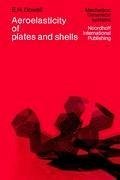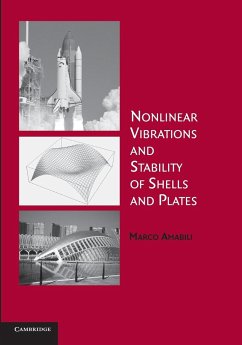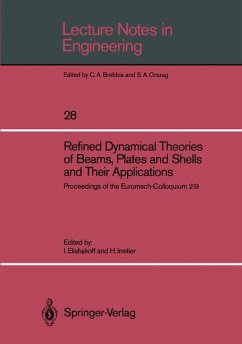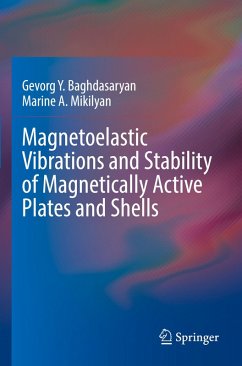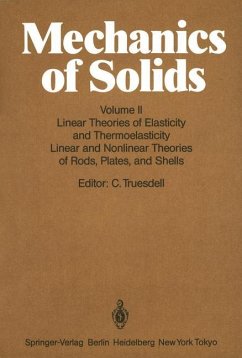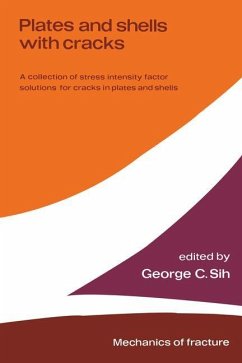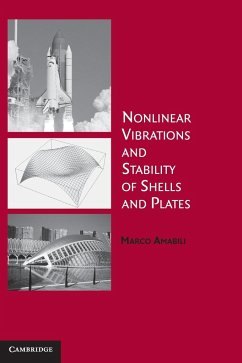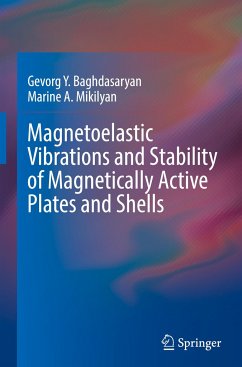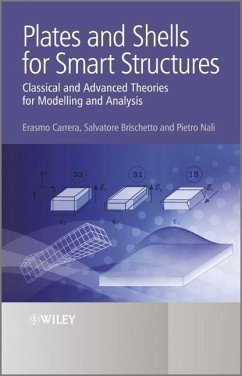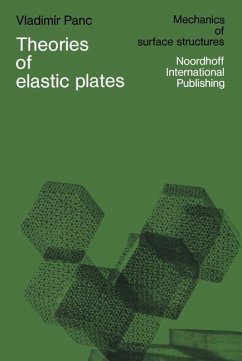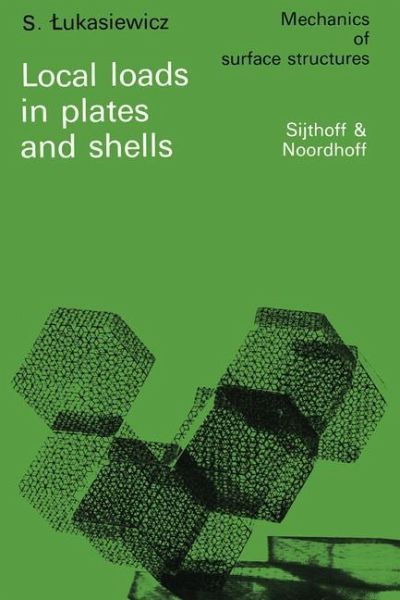
Local loads in plates and shells
Versandkostenfrei!
Versandfertig in 1-2 Wochen
77,99 €
inkl. MwSt.

PAYBACK Punkte
39 °P sammeln!
Thin walled structures so extensively used nowadays in industry and civil engineering are usually loaded by very complex systems of forces acting on their edges or over their surfaces. In calculating the strength of a structure we replace real loads by certain idealized loads distinguishing between typical surface loads distributed over a great area of the structure and loads acting over a small area. The latter are called concentrated loads. When the area under the load is very small in comparison with the dimensions of the surface of the structure, for example, when the diameter of the loade...
Thin walled structures so extensively used nowadays in industry and civil engineering are usually loaded by very complex systems of forces acting on their edges or over their surfaces. In calculating the strength of a structure we replace real loads by certain idealized loads distinguishing between typical surface loads distributed over a great area of the structure and loads acting over a small area. The latter are called concentrated loads. When the area under the load is very small in comparison with the dimensions of the surface of the structure, for example, when the diameter of the loaded area is smaller than the wall thickness, the load can be considered as a single force or a mo ment acting on the structure at one point only. The real loads which are met in practice can always be replaced by a combination of components such as forces normal and tangential to the wall as well as bending and twisting moments. Knowing the distribution of the stresses in the structure produced by each component, we can find it under any arbitrary load using the principle of superposition. There are two main reasons for the appearance of the concentration of stresses in the structure. It can be produced by notches, rapid changes of the cross-section, holes, cutouts, etc. on one hand and by concentrated loads resulting from the interaction of the elements of the structure on the other.



